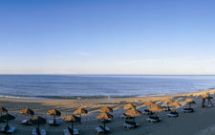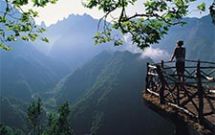Murals of Freedom
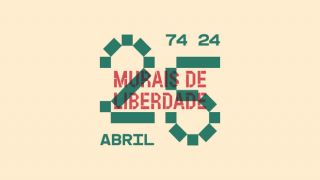
Take the urban art route “Murais de Liberdade” (“Murals of Freedom”) and participate in the celebrations for the 50th anniversary of the 25th of April 1974, a moment of renewal, freedom and unity that marked the transition to democracy in Portugal.
Find out more about what happened on this historic date by appreciating works of urban art by the “Ruído” group, while touring the cities where the most important events of the Carnation Revolution took place. The murals, highlighting themes and symbols related to freedom, humanism and democracy, can be found in 14 locations, representing all regions of the Portuguese mainland and islands.
Bragança | Popular Demonstrations
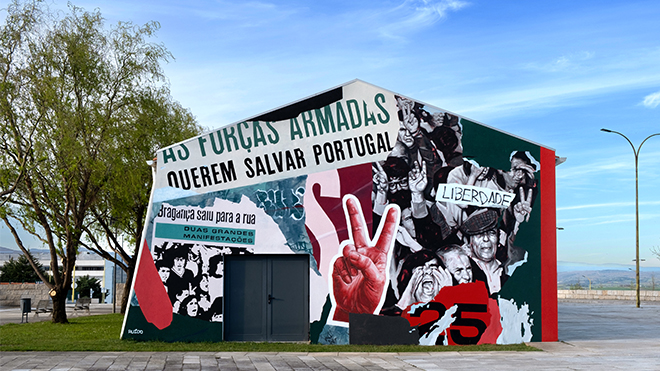
The city of Bragança, in the far northeast of Portugal, was strategically important for the defence of the Portuguese border. Its medieval urban core is still preserved within the castle walls to this day. Get to know the heritage of this location, including the Domus Municipalis, the Cathedral, the Graça Morais Contemporary Art Centre and the Iberian Mask and Costume Museum, among the various places of interest.
Don’t miss the urban art route in Bragança. When passing through Largo Forte São João de Deus, you will be surprised by the mural, on the walls of the old barracks, dedicated to the first popular demonstration organised by the MFA (Armed Forces Movement), which took place on the 27th of April 1974. The demonstrations showed the people's support for the revolutionary movement and were fundamental in consolidating the ideals of democracy, highlighting the active role of civil society in changing policies and its transformative power.
São João da Madeira | “No more blue pencils ever again”
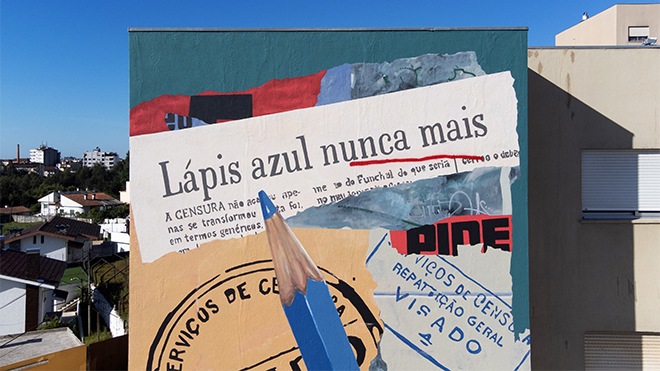
In São João da Madeira, old factories are part of the local history and are points of interest worth visiting in the city. Take an organised tour to discover this industrial heritage or explore independently. Visit the Hat Museum, the Oliva Art Centre, an old sewing machine factory converted for use as a contemporary art venue, or the Viarco pencil factory, which served as inspiration for the mural “No more blue pencils ever again”, which is the motto for the celebration of the 25th of April and freedom in this city.
Under the New State’s regime in Portugal, blue pencils symbolised the censorship of cultural and artistic production. They were used to cut texts considered unacceptable by the regime, especially passages that could be interpreted as criticising the ideology of the day. The 25th of April brought an end to censorship, allowing previously silenced voices to be heard and enabling the free expression of ideas and opinions.
Coimbra | Student movement and cultural resistance
Standing on the banks of the River Mondego, Coimbra is famed for its University and is celebrated as the "city of students". Founded in the 12th century, it is the oldest in Portugal and one of the oldest in Europe, having been classed as a World Heritage Site by UNESCO, a classification that includes Rua da Sofia and Alta da Cidade. Highlights of the city of Coimbra include the Monastery of Santa Cruz, where the tomb of the first king of Portugal, D. Afonso Henriques, is located, the Old Cathedral, and the Machado de Castro National Museum, among other noteworthy monuments.
During the 1960s and 1970s, the students of Coimbra were protagonists of several demonstrations and strikes that challenged the authoritarian regime of the day and were fundamental for the creation of an environment of protest that culminated in the Carnation Revolution. Adriano Correia de Oliveira was a central figure in this movement, one of the most influential intervention singers of the time, whose songs became anthems of the student struggle.
Caldas da Rainha | Resistance
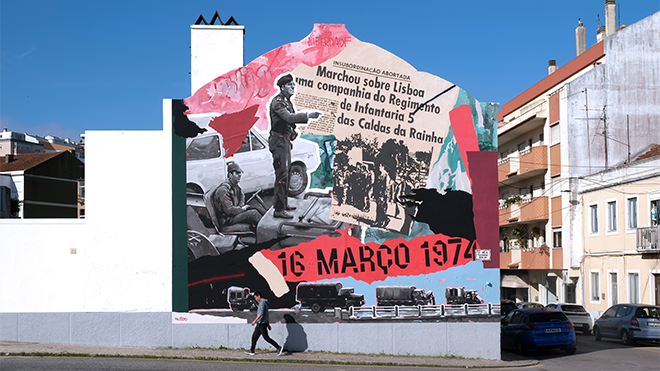
This city, which gained its name from Queen Leonor (14th century) ordering the construction of a hospital to harness the benefits of its thermal waters, became a reference artistic centre over time, eventually being awarded the title of UNESCO Creative City. When in Caldas da Rainha, visit the José Malhoa Museum, showcasing work by a renowned 19th -century Portuguese artist, and the Ceramics Museum, a testament to the importance of the region's ceramic centres, housing pieces by Rafael Bordalo Pinheiro, which are also on display at the São Rafael House-Museum.
The city, which has been named a UNESCO Creative City, is also home to a mural dedicated to freedom, painted in remembrance of a historic event. Just over a month before the revolution of the 25th April 1974, on the 16th March, Caldas da Rainha set the stage for the first attempt at a coup to overthrow the dictatorship, headed by a group of disgruntled officers. Though the attempt failed, the event highlighted the fragility of Marcelo Caetano's government and encouraged the Armed Forces Movement to intensify its efforts to plan and mobilise.
Vila Franca de Xira | The Role of the Press in the Revolution
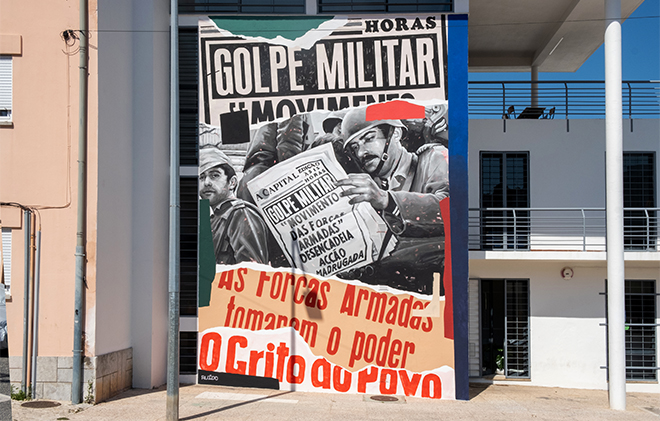
Walks alongside the river are a good way to get to know Vila Franca de Xira, framed in the landscape of the Tagus flatlands. In this riverside city, the Museum of Neo-Realism is worth a visit. It is a space dedicated to the work of neorealist artists and writers who marked Portuguese culture and contemporary history during the 20th century. Very nearby, the Tagus Estuary Nature Reserve is a place that is passed through by many migratory birds, making it an excellent spot for bird watching. The region’s bullfighting tradition is also worth mentioning, as the activity is central theme in local festivities such as the Festa do Colete Encarnado (“Red Waistcoat Festival”).
In Vila Franca de Xira, urban art is particularly noteworthy. One example is a mural dedicated to the role of the press in the Carnation Revolution. The press was very important, both in the preparation and in the dissemination of events surrounding the revolution. Many journalists courageously stood up to censorship before the 25th of April and, on the day of the Revolution, radio stations and newspapers quickly broadcast news and guidance, helping to coordinate the actions of the Armed Forces Movement and mobilise the population. Subsequently, freedom of the press was one of the main gains, allowing a free flow of information and ideas.
Palmela | The Role of Women in the Revolution
From Roman times, Palmela, at the top of the uplands of the Serra da Arrábida, was part of the defensive line south of the River Tagus. It played an important role with King D. Afonso Henriques (12th century) who donated this territory to the Order of Saint James of the Sword. From the castle, you can admire the entire region that stretches between the River Tagus and the River Sado, before exploring the Serra da Arrábida Nature Park, where the beaches, with their fine sand and crystal-clear water, are of particular note. Palmela belongs to a wine region that produces table wines of excellent quality, setting the tone for the Harvest Festivals, which take place in early September.
Palmela was chosen as the place where a mural would be painted to remind us of the essential role played by women in the 25th of April Revolution. Women actively participated in demonstrations, in the organisation of revolutionary activities and in the struggle for freedom and civil rights. Their contribution was vital to the success of the revolution and to the implementation of significant social changes. After the revolution, women's rights underwent profound transformations. The new Constitution of 1976 enshrined gender equality, guaranteeing equal rights at work, in the family and in political participation. These changes have not only improved the lives of women in Portugal but have also contributed to the construction of a fairer and more egalitarian society in Portugal.
Vendas Novas | Symbols of the 25th of April
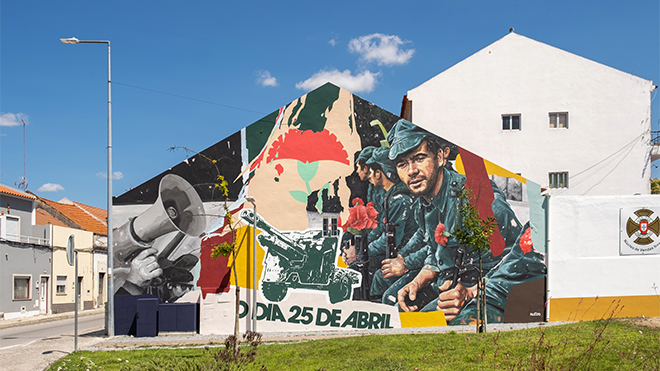
Located on the old royal road from Lisbon to the Alentejo, Vendas Novas was used, in the 16th century, as a resting place by King D. João III, during his royal hunts, and by D. Teodósio, Duke of Bragança, on his travels to the palace of Vila Viçosa. In the 19th century, King João V ordered the construction of a royal palace, where the Artillery Regiment No. 5 is currently installed, providing a good reason to visit the Military Museum of the old Practical Artillery School and the Royal Chapel. It is one of the places you pass through on trips to the Alentejo and a favourite stopping point to enjoy one of the famous bifanas de Vendas Novas, which are tasty and traditional Portuguese pork steak sandwiches.
Closely linked to military life during the 20th century, this city was chosen as the site of a mural dedicated to the 25th of April, a permanent reminder of the historical icons that symbolise the Carnation Revolution. The megaphone represents the voice of the people and the soldiers who announced the revolution. The red carnations, placed in rifle barrels by civilians, symbolise peace and non-violent resistance. The chaimite, an armoured vehicle used by the MFA (Armed Forces Movement) soldiers, became a symbol of strength and change, carrying the message that the transformation would be conducted in an orderly and determined manner.
Castelo de Vide | MFA - Armed Forces Movement
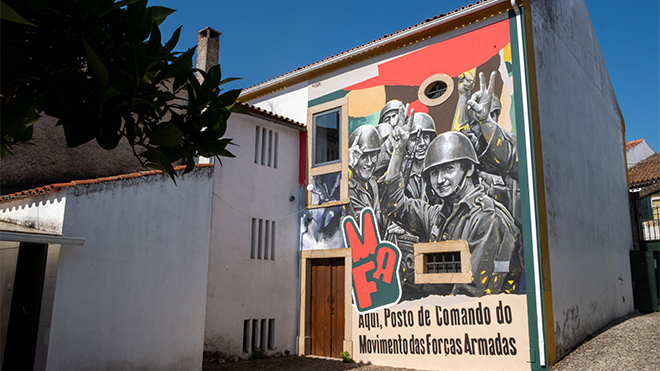
Located in the São Mamede Nature Park, Castelo de Vide is a historic village where the mediaeval atmosphere and Jewish heritage stand out. In the well-preserved Jewish neighbourhood, which dates back to the 13th century, you can visit the old Synagogue, the House of the Inquisition and the Garcia de Orta Museum. The historical heritage includes the mediaeval walled town, the Megalithic Interpretation Centre, in a region where many traces of dolmens or menhirs still remain, and the Salgueiro Maia Citizenship House, in honour of the army captain who played a major role in the Carnation Revolution. In addition to its heritage, the town has always been known for its natural riches, in particular its spas, whose water has therapeutic properties.
Being the birthplace of Captain Salgueiro Maia, it was the right place to remember how the Armed Forces Movement (abbreviated to MFA in Portuguese) was the main engine of the Carnation Revolution. Made up of military officers unhappy with the colonial war and the dictatorial regime, the MFA planned and executed the coup d’état that took place on the 25th of April 1974. Their coordinated action was crucial to the success of the revolution, ensuring the peaceful transition of power and initiating a process of democratisation that radically changed Portugal’s political and social landscape.
Lagos| First free elections
A visit to Lagos is an invitation to enjoy the sun, the beach and the flavours of Algarve cuisine, but the connection between the city and the sea is historical. It was in fifteenth-century Lagos that Prince Henry the Navigator equipped the caravels that would reach the coast of Africa, starting the era of the Portuguese Discoveries. Its heritage shows how important the city was for ocean voyages, a spirit that is still in evidence in its international marina. Places to visit include the Governors' Castle, the City Walls and the Slave Market, the first to take place in Europe, in the 15th century, the Ponta da Bandeira Fort, a lookout point over the sea, and the baroque Church of St. Anthony with its valuable gilded carving work.
In the city, the sculpture in honour of the Captain Salgueiro Maia, a major figure in the Carnation Revolution, is a reminder of the events of the 25th of April 1974 and the conquest of Freedom. Exactly one year later, the first free elections with universal suffrage were held in Portugal. It was a historic milestone. Millions of Portuguese people exercised their right to vote, many for the first time, in an atmosphere of unprecedented enthusiasm and civic participation. The elections for the Constituent Assembly, responsible for drafting the country's new democratic Constitution, consolidated the ideals of freedom, equality and social justice in Portugal's political institutions.
Faro | Radio broadcasting during the 25th of April
Standing in a strategic position alongside the Ria Formosa and the sea, Faro was an important commercial port over the centuries. Its history was marked by Phoenicians, Romans, Visigoths and the Arab presence between the 8th and 13th centuries, when it was conquered by the King of Portugal, D. Afonso III. It became an important commercial hub once again during the 16th century, a time when a large part of its religious monuments were built, including the Church of Mercy and the various convents in the city. In the historic centre, visit the Main Church of São Pedro, the Carmo Church, with its curious Chapel of Bones, the Episcopal Palace and the Cathedral, whose tower provides an excellent viewpoint over the city and the Ria Formosa Nature Park.
As you explore the city, you will be surprised by works of urban art, including the mural dedicated to the importance of radio during the Carnation Revolution. Indeed, radio played a crucial role during the events that unfolded on the 25th of April 1974, since the stations were used by the Armed Forces Movement to transmit passwords and important communiqués on the day of the Revolution. Songs such as "E Depois do Adeus" by Paulo de Carvalho and "Grândola, Vila Morena" by Zeca Afonso served as coded signals for the start of operations. Radio was essential for informing the population and coordinating troop movements and it was one of the vital factors for the success of the revolution and for direct communication with citizens.
Ponta Delgada, Island of São Miguel | Art and Culture of April
Ponta Delgada began as a simple fishing village in the 18th century, but soon took on the role as the main port of the Island of São Miguel. In the historic centre, the City Gates are the starting point for exploring the city and its various monuments, including the Main Church of São Sebastião, dating from the 15th century, and the Convent and Chapel of Our Lady of Hope, where the image of the Senhor Santo Cristo dos Milagres (Lord Holy Christ of the Miracles), is worshipped in an important local festivity. It is also perfect place to start a tour of the "Green Island", known for its volcanic origin and lush nature.
Natália Correia, an important twentieth-century writer, was born in Ponta Delgada. The journalist, poet and playwright, a great defender of freedom of expression, inspired the painting of a mural dedicated to the cultural manifestations that flourished after the Carnation Revolution.
Prior to 1974, Portugal lived under a dictatorial regime that imposed severe restrictions on freedom of expression. Censorship was a constant, affecting all forms of art and culture, from literature and music to theatre and cinema. Artists, musicians, actors, writers and other cultural figures played a crucial role in the resistance against oppression, using their works to challenge the regime. One of these important figures was the poet, writer and activist Natália Correia, a native of Ponta Delgada, whose voice and art helped shape a new era of cultural freedom. Thanks to the Carnation Revolution, restrictions on freedom of expression were abolished, allowing artists and writers to explore new themes and styles without fear of reprisal.
Angra do Heroísmo, Terceira Island | Post-Revolution popular euphoria
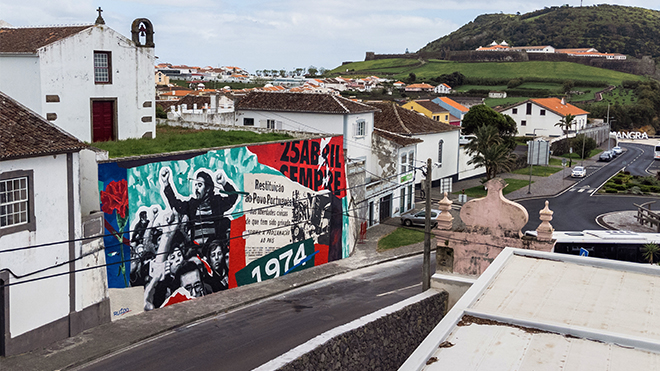
The magnificent contrast between natural beauty and the admirable human handiwork in the historic centre of Angra do Heroísmo are what make Terceira Island so appealing. Now UNESCO World Heritage, it was, as its Portuguese name suggests, the third of the Azorean islands to be discovered, in the 15th century. Associated with the Portuguese Discoveries in the 15th and 16th centuries, the creation of the city is closely linked to its maritime function, having been a vital port of call for the fleets of Africa and the Indies. Must-see places to visit include the Cathedral of Angra, the Church of São Gonçalo, the Palace of the Captains-General, the Forts of São Sebastião and St. John the Baptist and the Angra Museum. They are centuries-old art treasures. From the Monte Brasil viewpoint, observe the city where urban art also has its place, having been enriched, on the occasion of the celebrations of the 25th of April, with a mural of collective celebration of the freedom conquered.
After the Carnation Revolution, Portugal experienced an explosion of joy and exaltation, as almost half a century of dictatorship came to an end. The population took to the streets to celebrate their newly-won freedom, expressing themselves freely without fear of repression. The music, speeches and spontaneous demonstrations were marked by a collective feeling of hope and renewal, which celebrated freedom of expression and thought.
Santa Cruz, Madeira | Literacy after the 25th of April and access to education
One of the oldest villages in Madeira, Santa Cruz was discovered by João Gonçalves Zarco in the 15th century. Located 18 km from Funchal and with a strong connection to the sea and nature, it exemplifies the Madeiran landscape, where you can enjoy beaches, viewpoints and gardens. As on the whole island, outdoor activities such as walking tours are highly appreciated. The Garajau Partial Nature Reserve is another stand-out feature, an exemplary place of marine biodiversity that offers good conditions for diving.
Keen to be involved with the celebrations of the 50th anniversary of the 25th of April 1974, the town of Santa Cruz marked the date with the painting of a mural dedicated to education, in a former primary school.
The revolution of the 25th of April 1974 brought significant changes in the field of education and literacy. Illiteracy levels were high in Portugal prior to the revolution, with a large part of the population not having adequate access to basic education. After the revolution, adult literacy campaigns were implemented and access to education was expanded at all levels, which significantly increased literacy and promoted greater civic awareness and democratic participation among citizens.
Machico | April Music
The pleasant bay in which the city of Machico is located beckons you to stroll by the sea and get to know its cultural traditions, historical monuments, viewpoints, beaches and green spaces. An excellent starting point for whale and dolphin watching trips, the bay is also great for water sports such as canoeing, windsurfing and stand-up paddle. Meanwhile, the stunning hillside landscapes facing the sea are popular with trail-runners and walkers. At the far eastern end, the Ponta de São Lourenço Partial Nature Reserve plays an important role as natural heritage, due to its stunning landscape and for being home to several species of rare plants and protected seabirds.
Among Machico’s cultural heritage, the Casa da Música (House of Music) deserves a mention. It was chosen as the site for a mural to remind us of the important role played by music in the struggle for freedom in Portugal, both before and after the Carnation Revolution. Under the dictatorial regime of the Estado Novo, musicians and composers managed to find ways to use their art as a form of resistance and protest. Father José Martins Júnior, portrayed in the mural, is one such example. Although known for his role as a priest and social activist in Madeira, he used music as a form of resistance, setting to music verses that reflected the population’s difficulties and served as a form of protest and cultural expression. After the 25th of April 1974, music continued to be a powerful tool for the consolidation of democracy and the promotion of freedom of expression.
In the artistic language of the “Ruído” group, other murals will be created throughout the year to celebrate the historic moment and the values achieved by the Carnation Revolution.



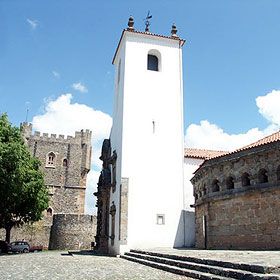
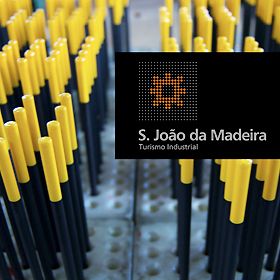
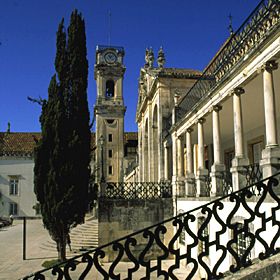
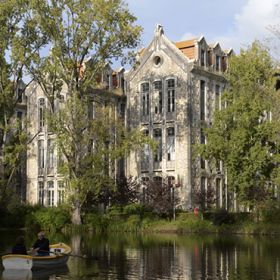

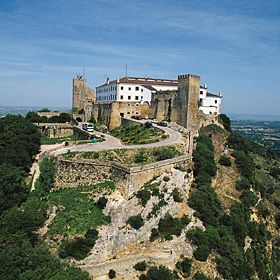
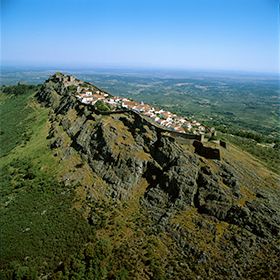
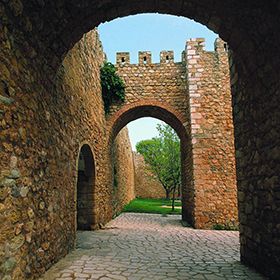
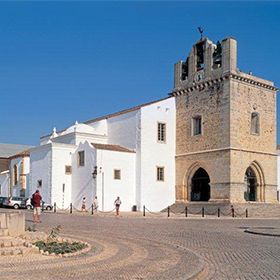
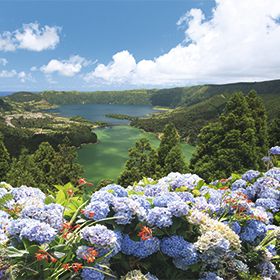
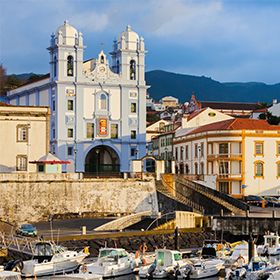
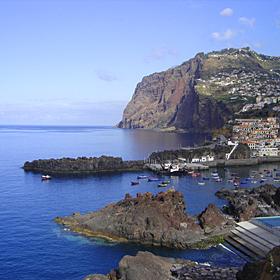

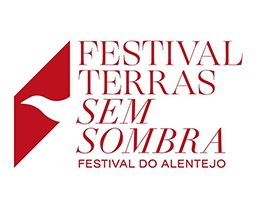
 Explore
Explore 
 Remember and Share
Remember and Share 

